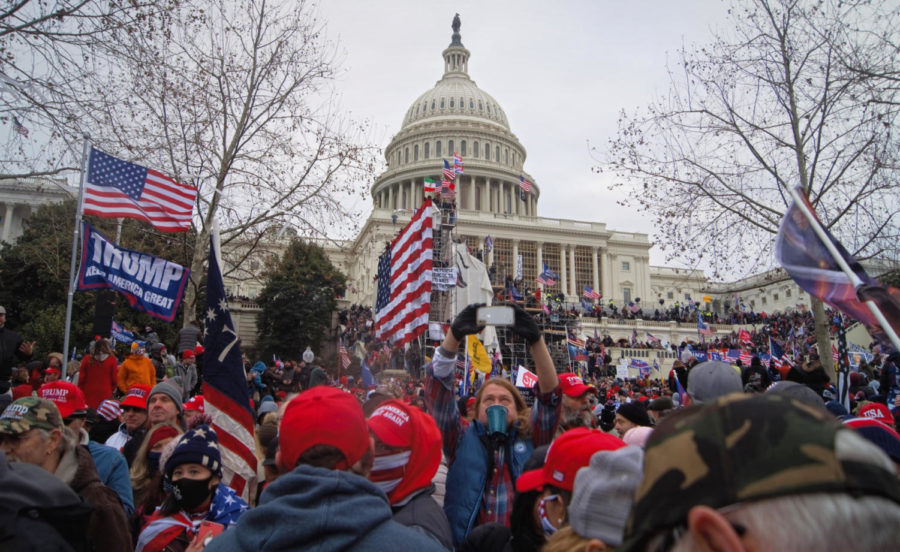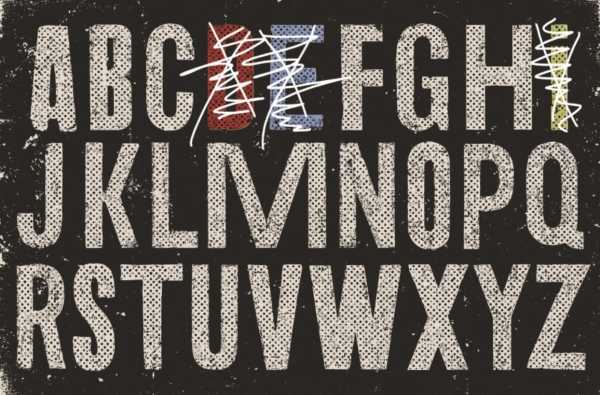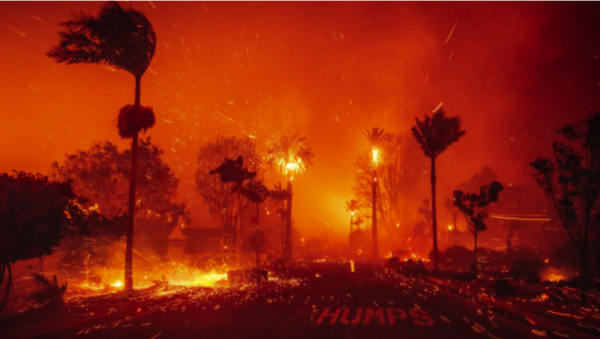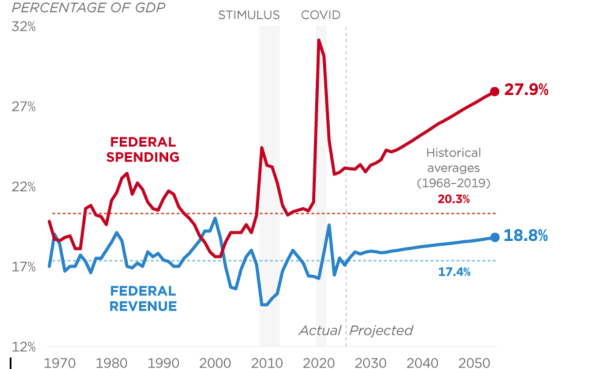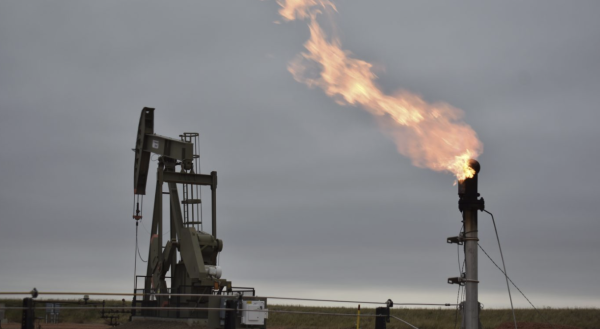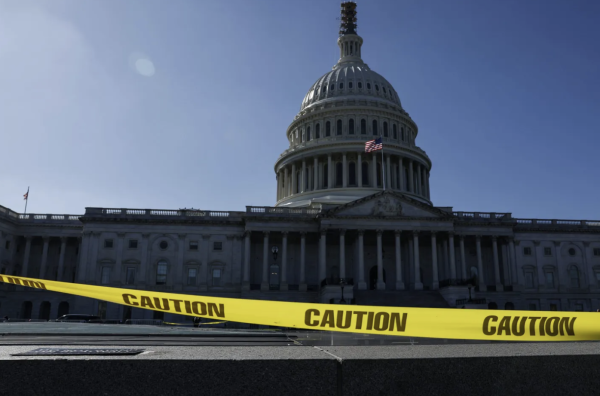Westminster revisits Jan. 6 Capitol invasion on one-year anniversary
On Jan. 6, 2021, supporters of then-president Donald Trump invaded the Capitol building. Participated in by hundreds of citizens, the riots represented an attempt at delaying president-elect Joe Biden’s induction into office.
The Jan. 6 riots were highly publicized events during which Trump supporters broke into the Capitol building and showed their discontent with the presidential election results. Civilians attacked the police, people scaled the sides of the Capitol building, and some of the windows were broken and breached. The riots went on for many hours and were covered by multiple news networks.
At noon on the day of the attack, President Donald Trump held a rally telling his supporters to “never concede.” An hour later, a large crowd, full of people who had just left that rally, then broke down the barrier outside the Capitol. At the time, the Senate was in the process of certifying the election votes of president-elect Biden. The actions of these Trump supporters led to “Congress [going] into hiding,” according to CNBC, and increased the level of tension within the country on whether or not Biden becoming president was beneficial to the country’s political wellbeing.
“I think it was a violent attempt to overturn the results of a legitimate election,” said junior grade chair John Lambert. “People use the word ‘insurrection’ and I don’t think that’s too far off.”
“I thought it was domestic terrorism,” said senior Noah Turbes.
Outside of the Westminster community, there has been a lot of debate between the two major political parties.
According to the Pew Research Center, “Overall, 52% of U.S. adults said Trump bore a lot of responsibility for the violence and destruction at the Capitol, while 23% said he bore some responsibility and a similar share (24%) said he bore none at all.”
The attack on the Capitol building resulted in four deaths, including the suicides of several police officers following the incident. As a way of memorializing this moment in the nation’s history, the Smithsonian’s National Museum of American History has started collecting objects from that day and launched a digital resource entitled “Uncivil Religion: January 6, 2021,” regarding online media relating to religion surrounding the attack. The Jan. 6 riots have proven to be a historical event in American history, impacting those who were there that day as well as future generations.
